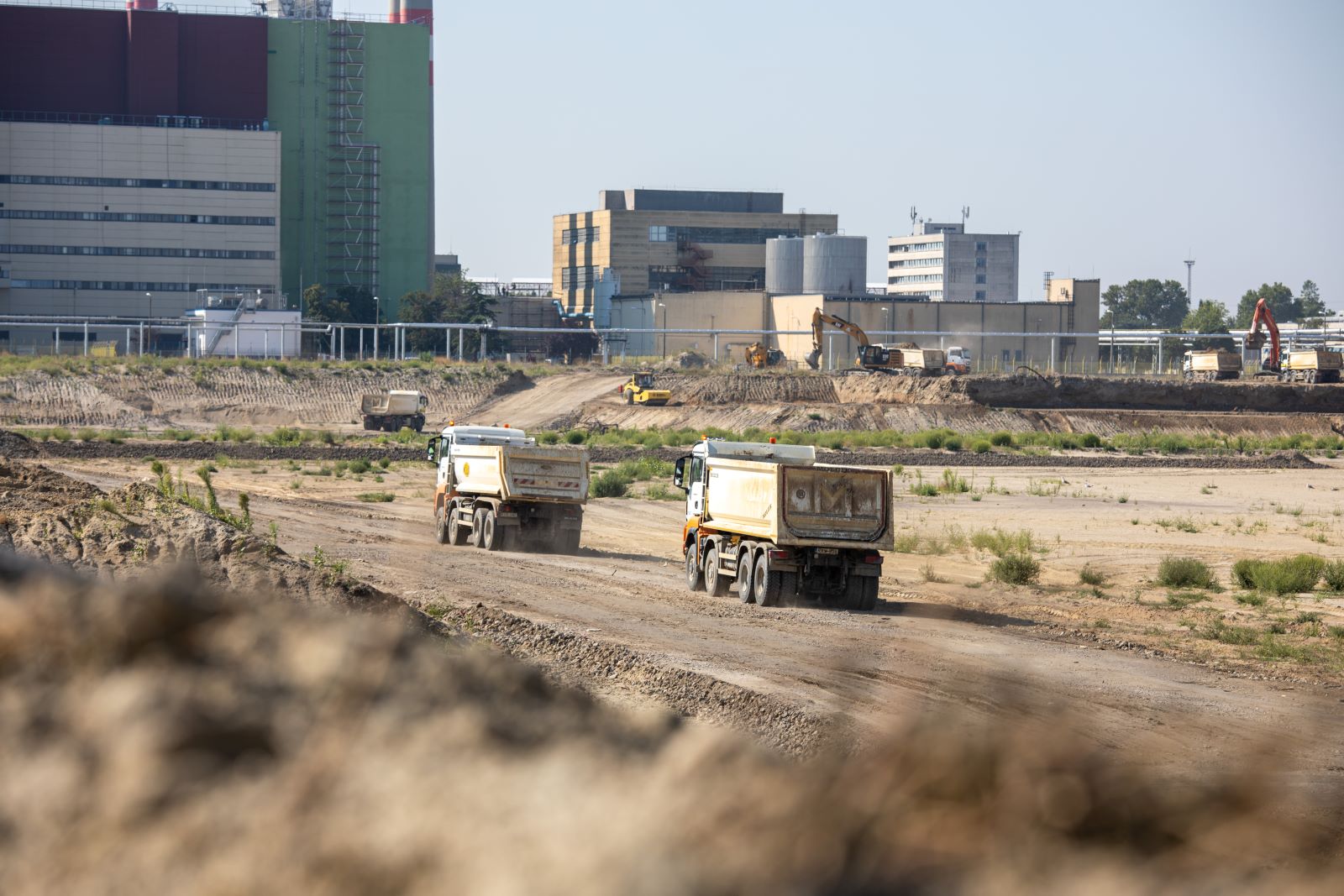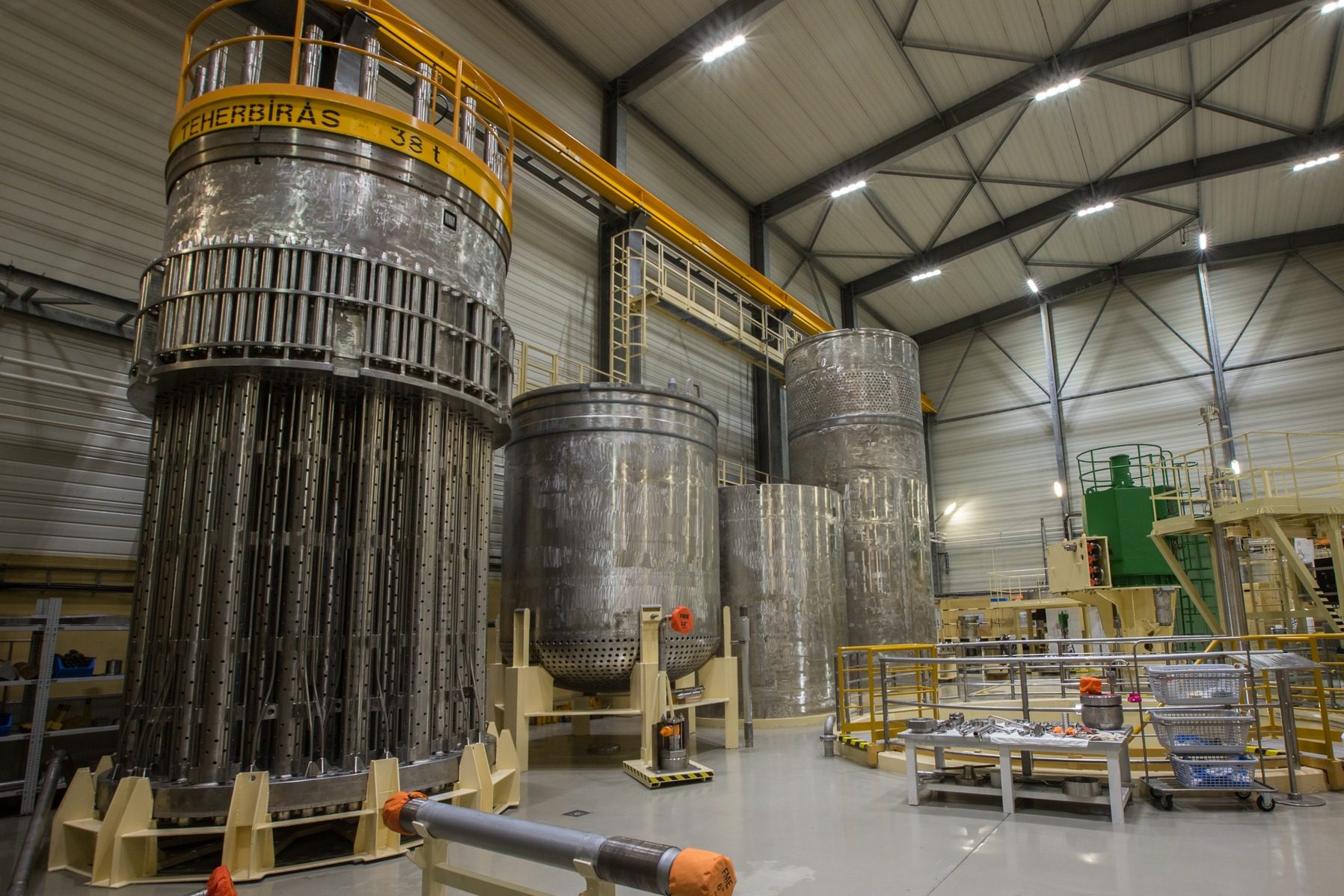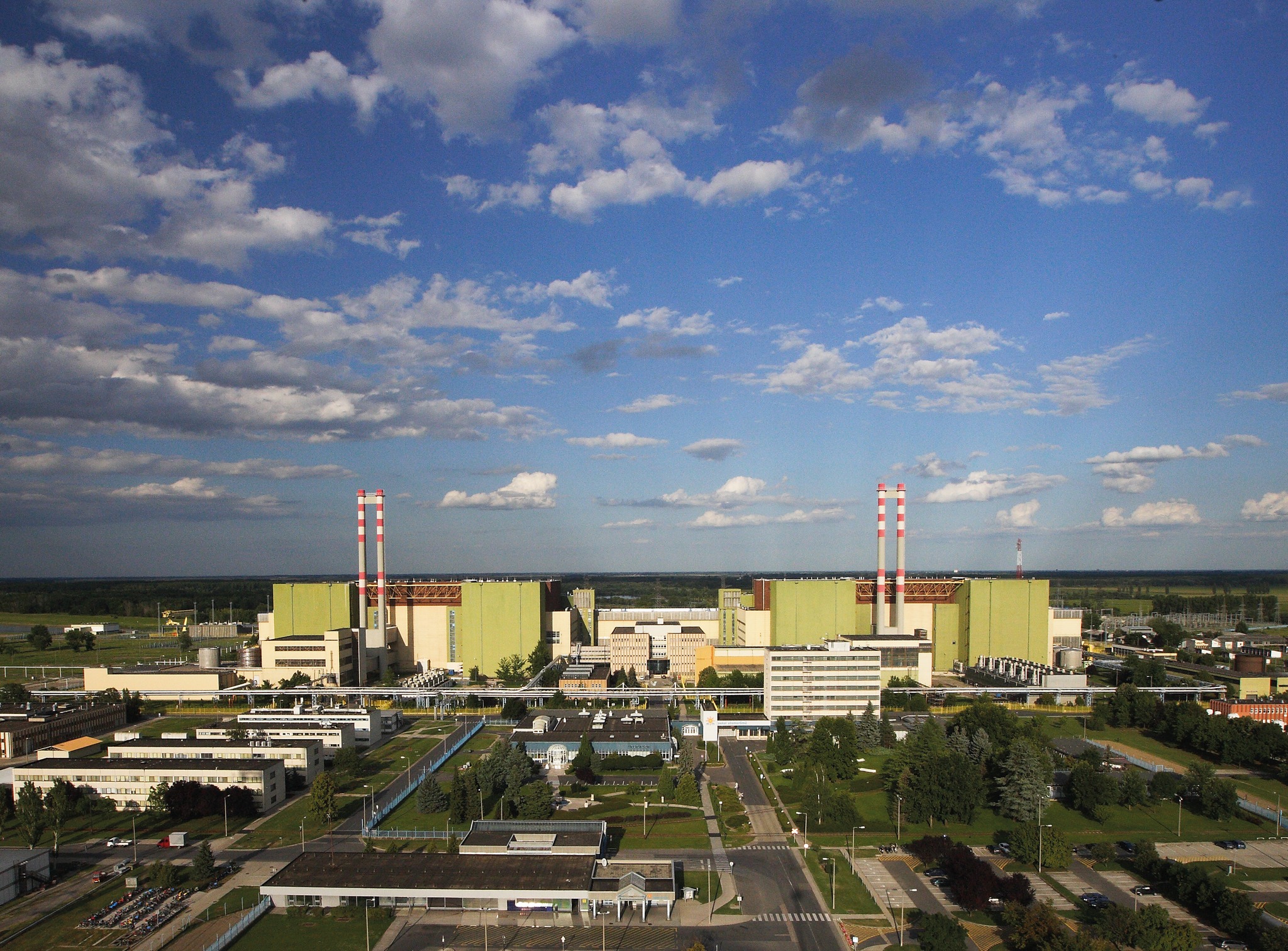
On Friday, the CEO of Rosatom, Alexey Likhachev and State Secretary Levente Magyar visited the construction site.Continue reading

Any claim that there is no need for the Paks II power plant because the cost of renewables has been falling for years and that renewables can fully replace nuclear capacity or life extension, is politically and professionally misleading. As an expert said to Magyar Nemzet, the two types of electricity generation are not comparable in terms of cost, space requirements, or capacity.
In the European Union, the right to determine the energy mix is a sovereign competence of the Member States, and Hungary therefore remains committed to the construction of the Paks II nuclear power plant with Russian VVER-1200 units and to the further extension of the operating life of the power station.
An increasing number of countries are turning to nuclear energy,
Zsolt Hárfás, an engineer and nuclear energy expert, told the paper in response to the possibility that negotiations with the Council of the European Union on the re-regulation of the electricity market could start, and that decisions could also affect nuclear energy.

The Paks power plant. Photo via Facebook/MVM Paksi Atomerőmű Zrt.
The expert noted that at last there should be a realistic, professional assessment of the different ways of generating electricity in order to achieve real security of supply, competitiveness, and global climate protection goals.
In fact, by extending the lifetime of a nuclear power plant, we get cheaper electricity-generating capacity.
It is also true that preliminary estimates suggest that the second expansion of the Paks nuclear power plant could cost more than EUR 1 billion, but this would allow each unit to operate for up to 20 more years, and the electricity generated and sold would return several times the capital invested.
The engineer touched on the topic of replacing nuclear plants. As he noted, in the case of a solar power plant, in order to theoretically replace the 2,400 MW capacity of the two new Paks units, about eight times more solar capacity would need to be installed due to their weather-dependent nature, requiring huge subsidies and land.
The replacement of the Paks II nuclear power plant with solar power plants is strictly theoretical,”
Hárfás pointed out. It should also be remembered that the average lifetime of solar and wind farms is 20-25 years, meaning that the two new Paks units would have to be rebuilt two or three times over their 60-year guaranteed lifetime, i.e. the investment cost would be several times higher.
Gas power plants are needed to regulate the production of solar and wind power, thus a gas power plant is never an alternative to a nuclear power plant, however, the opposite is true. Low-power modular nuclear reactors, SMR technology, can be used for scheduling, i.e. for balancing hectically produced renewables, and in this sense can compete with gas-fired power plants in the future. It is an important fact that
the Paks II nuclear power plant will save 4.5 billion cubic meters of natural gas per year to be burned for energy purposes, not to mention the carbon dioxide emissions.
Via Magyar Nemzet, Featured image via Facebook/MVM Paksi Atomerőmű Zrt.